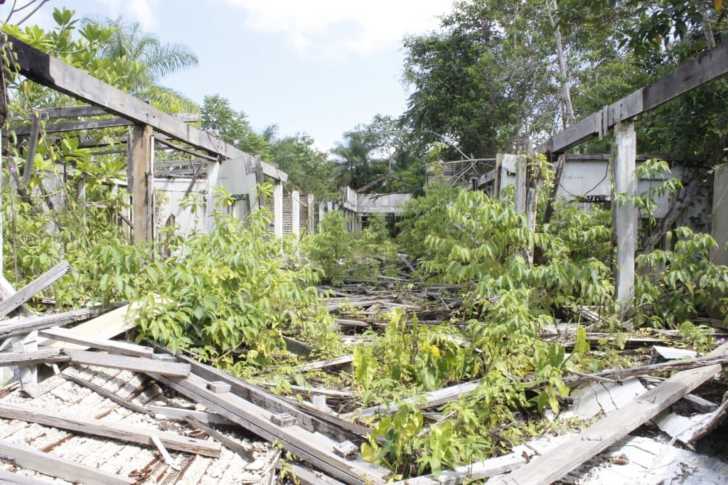Henry Ford’s Biggest Failure That History Has Forgotten All About
The idea of a company town began well before industrialization with logging, and mining.
The plan was to build the model American city and call it Fordlandia. Using Ford’s social ideals, and his assembly line production methods, the Ford Motor Company would attempt to piece together accommodations for up to 10,000 workers. With good pay and American amenities, Ford hoped Fordlandia would become a model that could be replicated globally. However, as soon as work began on the city, problems started building. The location was only accessible by the river, and only during the rainy season for large ships. Supplies were slow to arrive, and clearing the jungle to make room for a small city proved more difficult than anyone anticipated. Not only was the land difficult to manage, but so were the local workers, and not even Ford’s grand ideals could keep things running smoothly.

The city was built with two main districts, the main urban hub, and the overlooking suburbs called Vila Americana. This area was built specifically for the American managers and workers, and included American style homes with running water. The separation created some tension as did some of the rules that were in place such as a restricted diet, and no drinking. This rule was difficult to enforce, and only added to some of the building resentment the workers had toward the management. Brothels and bars soon sprung up outside the city to give the workers an escape. It was not long before small acts of revolt grew amongst the workers, leading to an uprising in 1930 which forced management to flee by ship. They later returned with Brazilian soldiers by airplane to subdue the angry workers.
Click the NEXT PAGE button to keep reading!
SKM: below-content placeholderWhizzco for DOT

